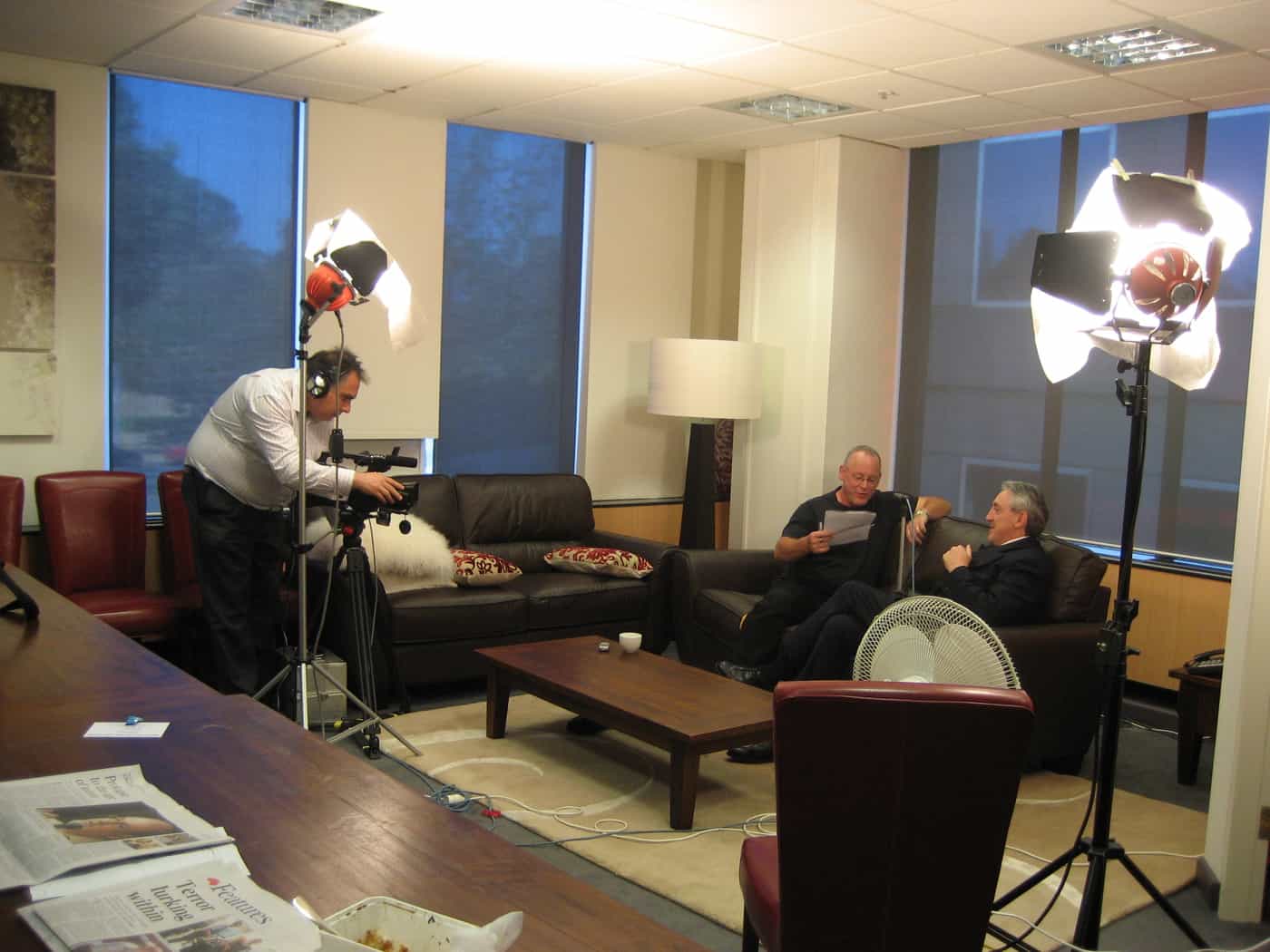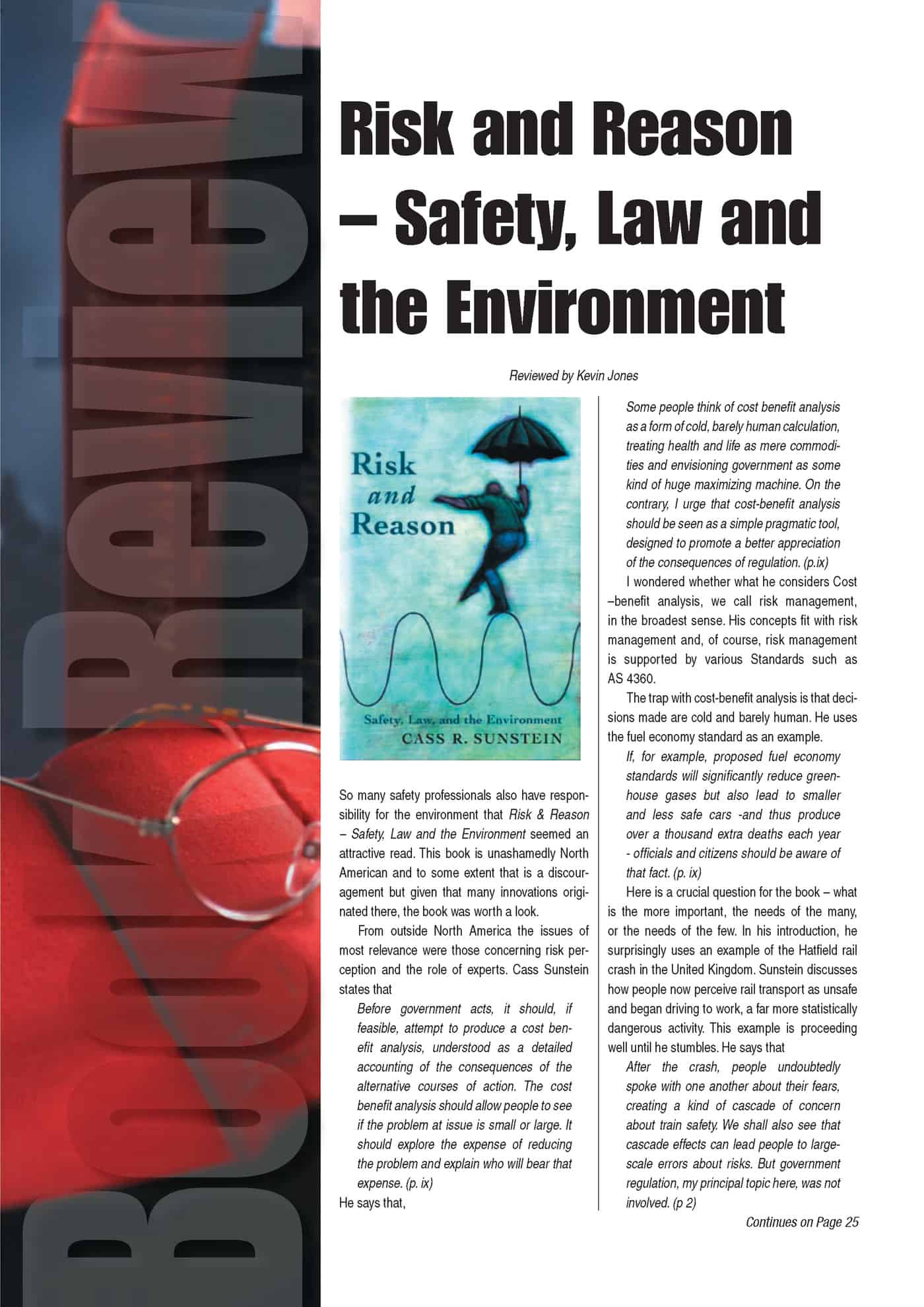The Australian Financial Review has obtained a copy of the 470-page report of the Review Panel into OHS Model Law prior to its release by the Australian government.
The most significant recommendation reported by the paper is that unions will not be allowed to prosecute for OHS offences. This entitlement by unions in New South Wales has been a constant source of industrial tension in that State. However the panel did suggest that anyone can request OHS regulators to undertake a prosecution or they can appeal a regulator’s decision not to prosecute.
Employers across Australia will be obliged to provide paid leave for employees to attend health and safety representative training courses – probably five days.
The proposed legislation also allows for common law rights to stop work if it is deemed unsafe.
The full AFR article is not available online but can be found on page 3 of the hard copy.


